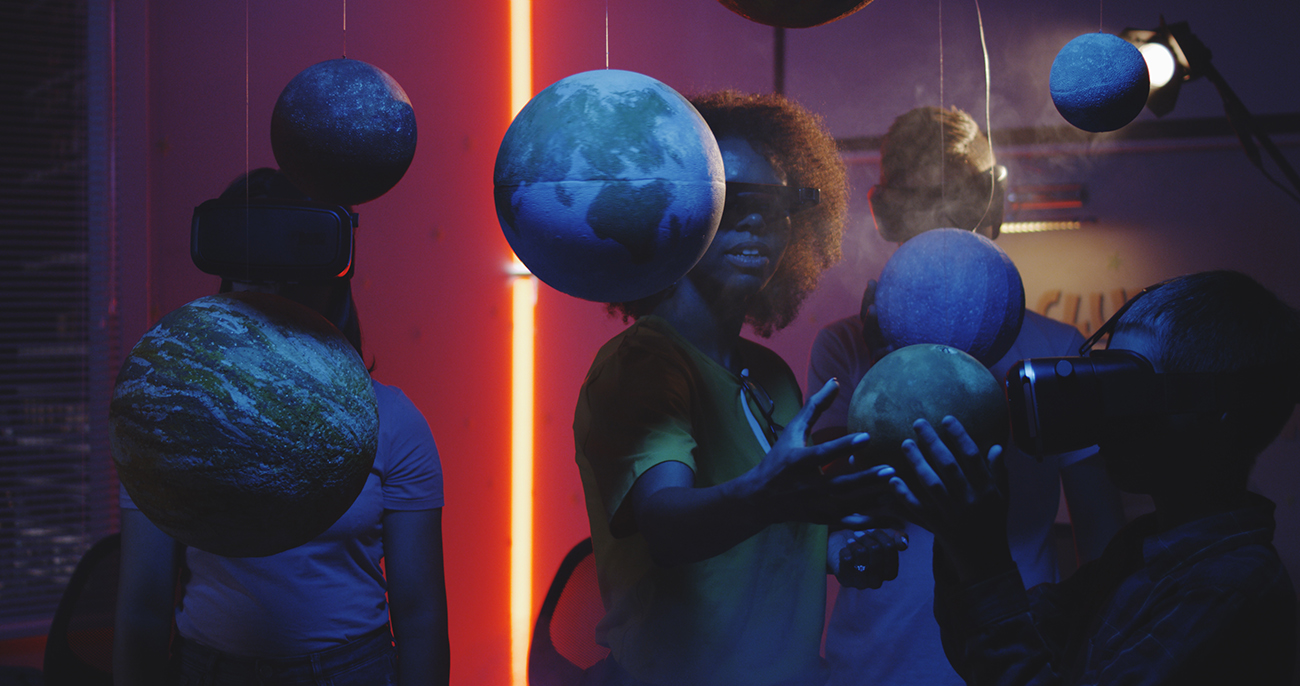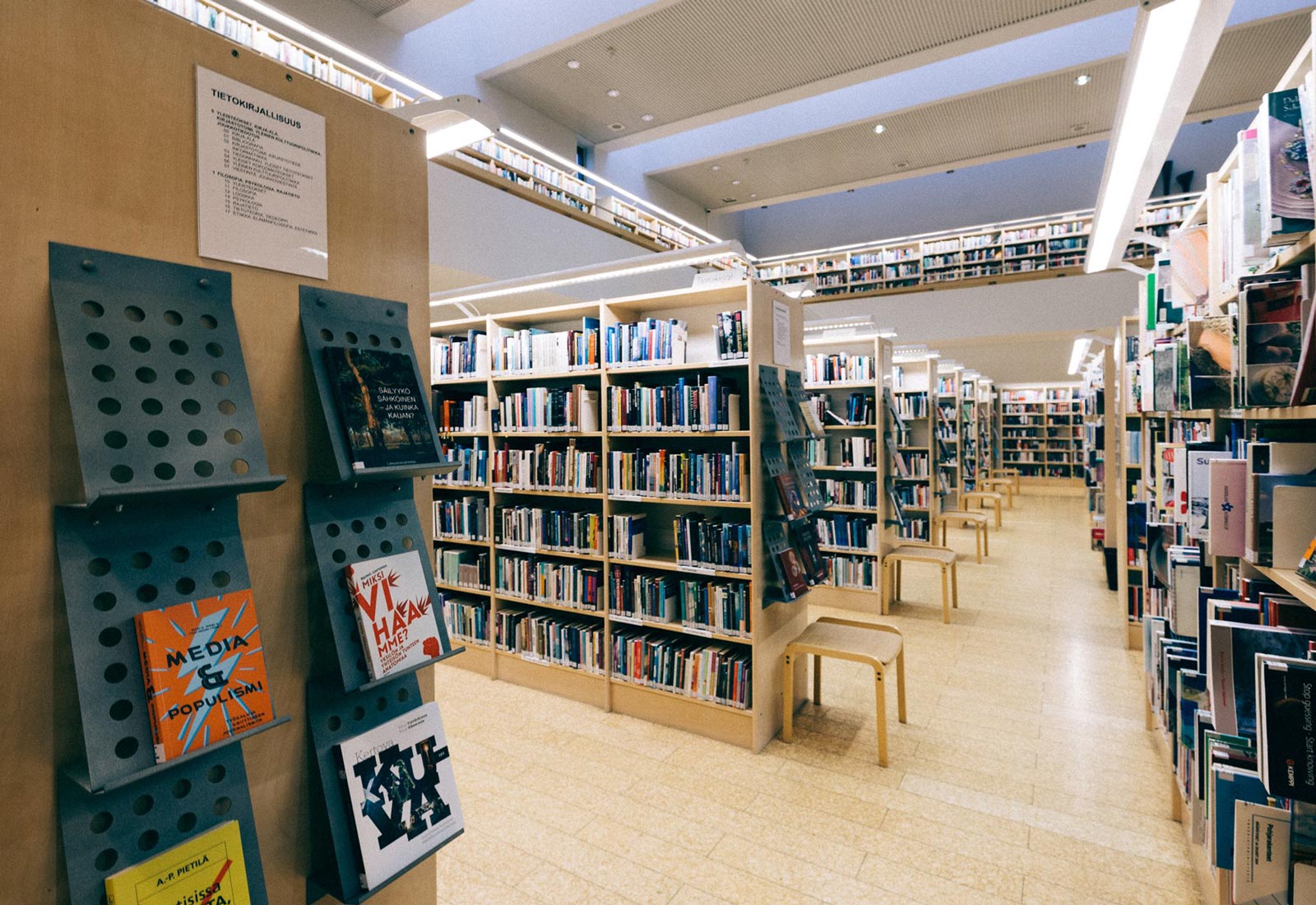How taking a holistic approach to online collections can help you improve engagement online and inside the walls of your institution
Following the turn of the millennium, the internet presented collections institutions with a new frontier, a way to reach anyone in the world with an internet connection. The possibilities were limited only by your imagination (or, more realistically, by the resources available to you).
Meanwhile, another revolution was underway. Through the doors of culture and heritage sites came a new generation of visitors, wielding smartphones, wanting to do things their way and expecting an ‘experience’.
Initially, these two frontiers of engagement were thought of disparately. Now, the role of collections managers is evolving, and a more holistic approach is beginning to take shape, revolutionising the possibilities for engagement with collections.
This is the topic of our new whitepaper and here we will discuss some of the key points from this. Alternatively, you can download the complete whitepaper here.
Reaching new audiences
In the digital age, collections managers have an unparalleled opportunity to share objects of historical, cultural and scientific significance with a much wider audience than ever before, reaching people who have never entered their buildings.
Following the launch of their interactive collection timeline, the Royal Ballet School’s saw a jump in online visits, with visitors coming from as far afield as Japan and Australia.

Revealing hidden gems within your collection
With an estimated 90% of objects held in stores at any one time, digitising and publishing collections gives these objects a new life while they wait in the wings to be displayed.
For a major renovation of their ‘Open Storage’ gallery, New-York Historical Society installed touchscreens that featured 650 pages of interactive content, including images, videos and 3D scans of objects. Through layered storytelling, objects were brought to life. This provided a unique opportunity to not only share deeper histories and connective threads across the collection, but also to help visitors navigate what would otherwise be an overwhelming curio cabinet.
Raising your profile
Online publishing is a powerful way to build awareness of the collection. Back in 2016, an Axiell survey of museum staff noted that, with website and social hits growing, 49% of museums had seen a boost in visitors. Only 12% of all survey respondents said visitor numbers had either declined or remained stagnant.
The Museum of English Rural Life (MERL) has more recently shown how far even limited resources can go. With a well-thought-out digital strategy, an understanding of online audiences and a measure of creative genius, they raised the museum’s profile immensely with a series of viral posts.

Engaging a virtual audience
Critical to engaging online audiences is knowing who the audience is and understanding their needs. Get this right and your online collection can save you and your audience time and effort.
Fiona Bourne, Archives Operational Manager, from the Royal College of Nursing (RCN), said:
“We still get a lot of people wanting to come in and search the record, but our digital archive is increasingly helping us satisfy the needs of visitors of all types, saving us time and answering their questions more efficiently.”
Online collections can support offline activities
The key to a holistic online collections approach is that it should serve both online and offline audiences. This could be as straightforward as giving researchers a way to access online catalogues, as Hannah describes below, or some of the more technology-led examples we talk about after.

Special Collections Calmview
Hannah Lowery, Archivist and Special Collections Manager, University of Bristol Library Special Collections, said:
“Last year, one of our archives, the Feminist Archive South ran a series of workshops to celebrate 100 years since some women [in the UK] gained the vote. It really helped the researchers to have access to our catalogues online so they could hone into which aspects of the collection would be best to use. Content from our collection was toured around the country and the levels of outreach to young people was amazing.”
Transforming learning within the walls of your institution
Some objects within your collection speak with such a universal truth or wonder that labels are almost redundant. But behind every object is a story and few are as effective at educating the public about these stories as our museums, art galleries and archives.

Art Scope – Achilles Emoji Keyboard
Interactive experiences support this mission by bringing learning to life and technology can help different audiences learn about objects in a way that suits them.
The Kimbell Art Museum created the ‘Kimbell Teen Art Scope’ app to attract, educate and engage teenagers. This meant not only creating content that gave the right balance of fun and information, but also aligning the app with how teenagers use their smartphones in their everyday lives.
Through the app, young people can react to objects with emojis, tap animated touchpoints to learn more about artwork in a multimedia pop-up and tackle challenges such as scavenger hunts.
The next step in in-gallery storytelling
Whereas traditional label narratives are relatively static with information flowing only one way, now, the visitor is invited into the conversation.
The New Orleans Museum of Art (NOMA) aimed to increase in-gallery engagement by installing ‘digital labels’ on iPad kiosks in front of artworks and installations. To encourage dialogue, the digital label for A Portrait of Marie Antoinette asked, ‘who are today’s trendsetters?’ With responses including ‘Kanye West’ and ‘Kim Kardashian’, the museum playfully engages the visitor while they learn about history and portraiture.
What’s more, NOMA is able to track metrics to understand what content is most engaged with by their audiences and build their digital following with email subscription prompts.

Personalising the visitor experience
Does this scenario sound familiar? You’re in a distant city, exploring the museum you’ve spent years wanting to visit. You want to take it all in, not knowing when you’ll be able to return. So much so that you spend hours working your way through the lower floors, reading almost every label. Then a feeling of faintness comes over you, you look at the time, see the museum closes in 10 minutes and realise you haven’t made it to the piece you were most excited to see.
Technical solutions for personalising the user experience and wayfinding are fortunately addressing this issue. However, what these solutions are really responding to is the 21st Century visitor’s desire to determine their own path.
Cleveland Museum of Art’s ArtLens app allows visitors to select works from the collection and build a map by which they can navigate the museum. This was launched in tandem with their experiential ArtLens Gallery, which allows visitors to interact with selected masterworks using hand gestures and facial recognition.

Create once, publish everywhere
What the examples above represent is a greater consideration by collections institutions of how online collections can enhance the experience of users, both online and in the physical museum or gallery space.
However, in order for this to be achieved in an efficient, sustainable and scalable way, it is important not to duplicate effort.
By pulling data directly from your collections management system into an online collection, the narratives and metadata behind an object are already there and ready to be used without the need to re-enter information. For exhibit interactives featuring the collection, the collections management system becomes the central archive of all this crafted content.
All this is no doubt too much for the collections department to take on alone, but there are steps you can take to set the foundations for a holistic online collections strategy:
- Set clear and achievable objectives
- Collaborate with other institutions, whether to share best practice or resources
- Ensure good quality data and media – follow industry standards to ensure long-term consistency and that media doesn’t become unusable over time
- Use systems that talk to each other
Find out more and hear more innovative projects by downloading the whitepaper, published in collaboration with CultureConnect




